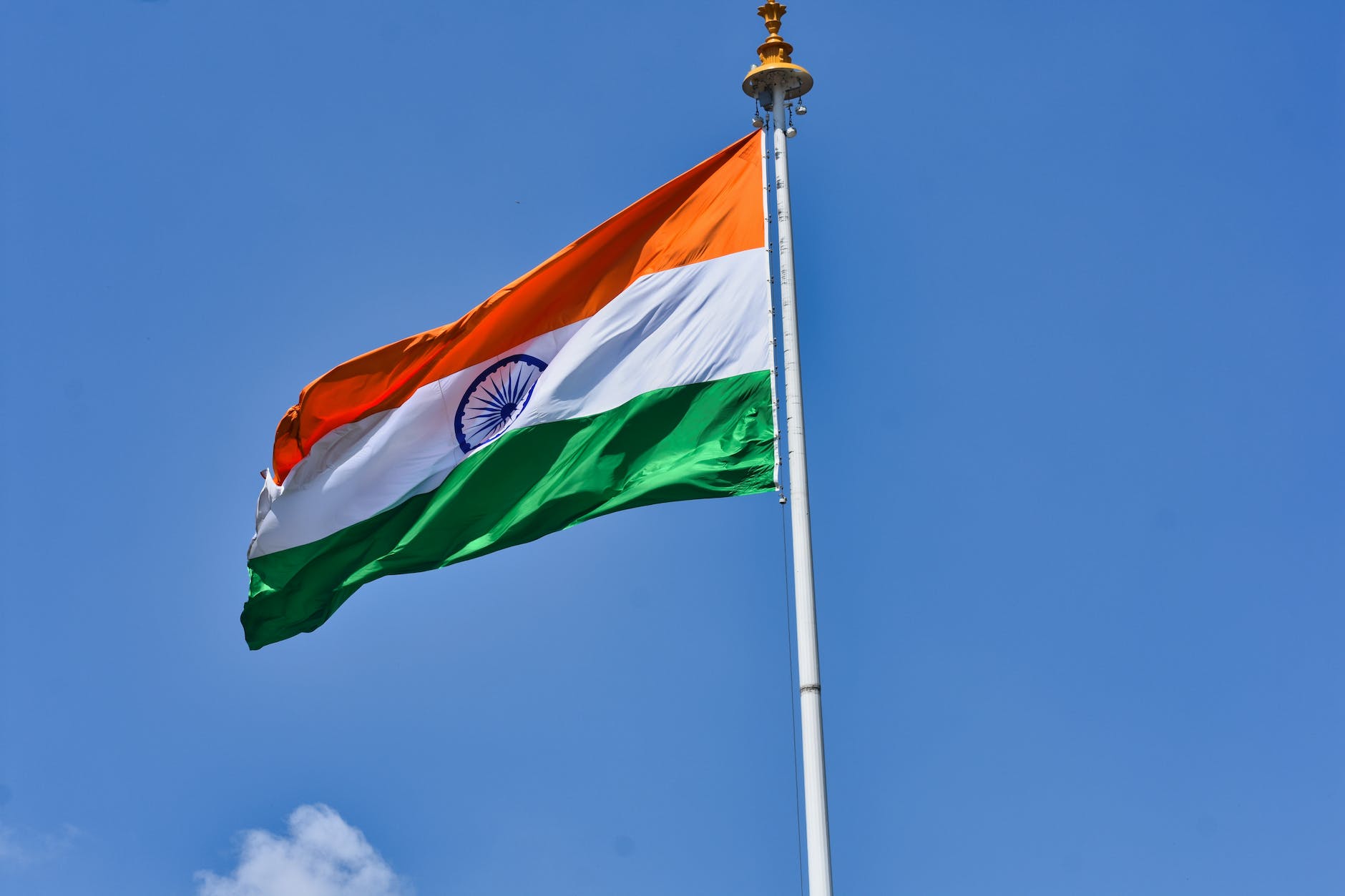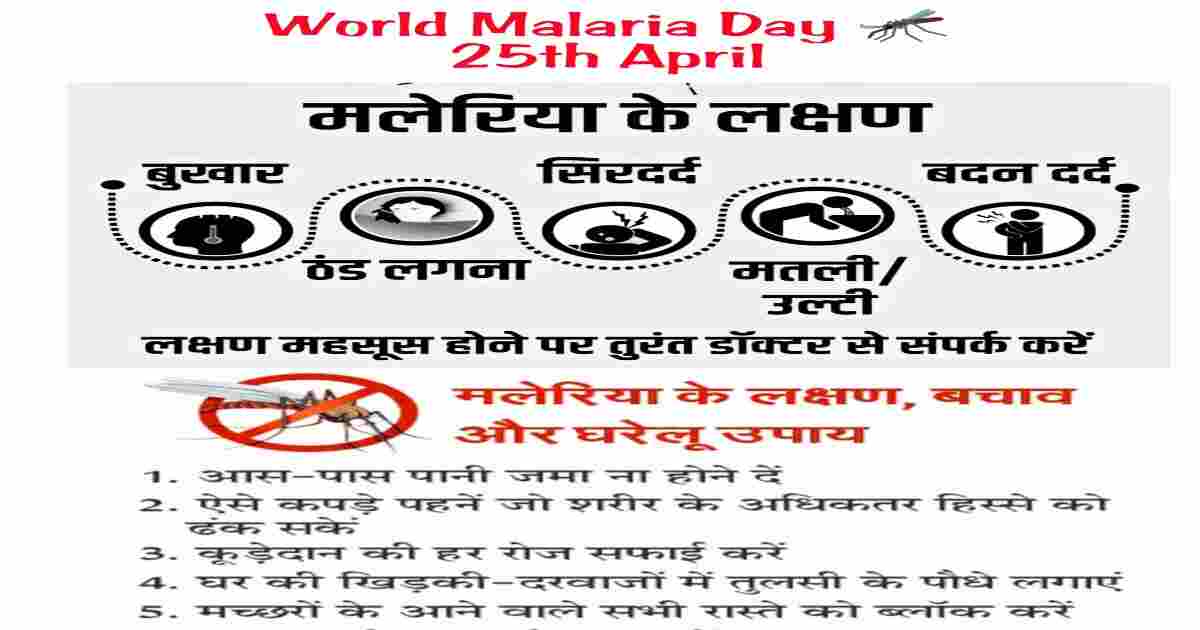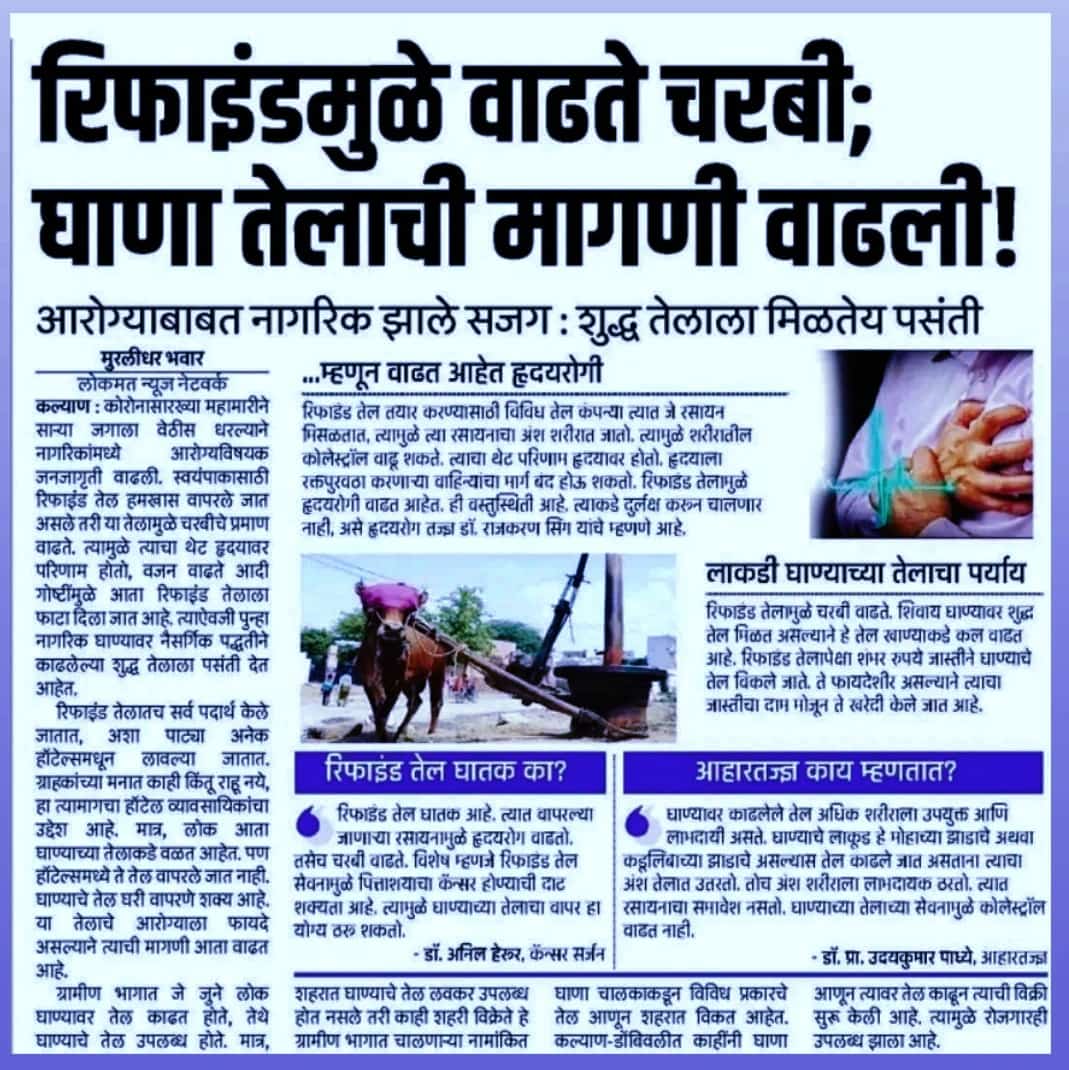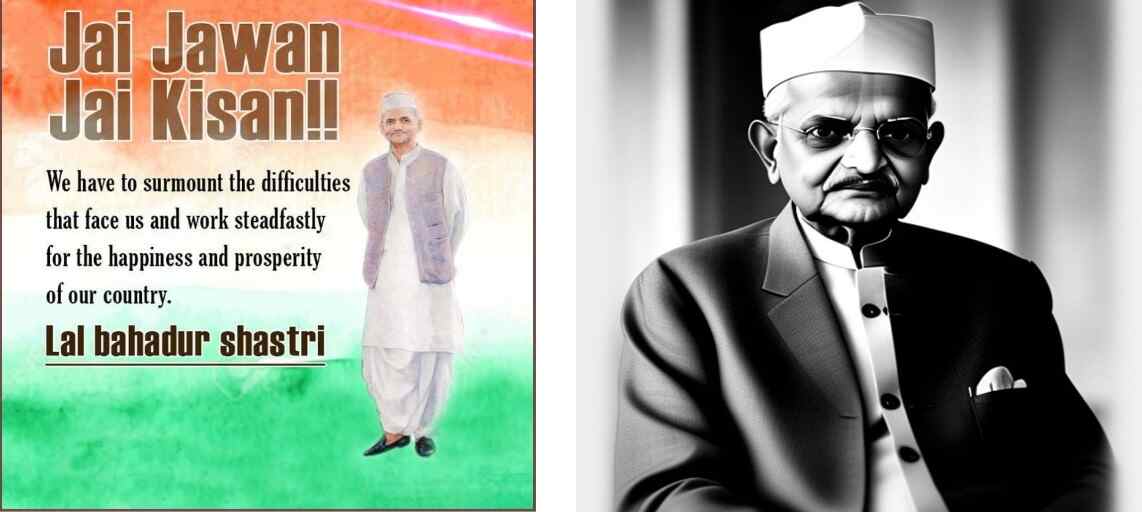Lal Bahadur Shastri was the second Prime Minister of India, serving from 1964 until his sudden death in 1966.
Lal Bahadur Shastri
He was a key figure in India’s freedom movement and later in the post-independence government, known for his simplicity, integrity, and leadership during a critical time in the nation’s history. ‘Lal Bahadur Shastri’
Early Life and Political Career:
Born on October 2, 1904, in Mughalsarai, Uttar Pradesh, Shastri came from a humble background. He dropped his surname as a protest against the caste system and later earned the title “Shastri” after graduating from Kashi Vidyapeeth in Varanasi, where he studied philosophy. He was deeply influenced by Mahatma Gandhi and actively participated in India’s struggle for independence, including the Non-Cooperation Movement and the Salt March. He was imprisoned several times by the British.
After India gained independence in 1947, Shastri took on various important roles in the Indian government. He became the Minister of Police and Transport under Govind Ballabh Pant‘s Chief Ministership on 15 August 1947 following Rafi Ahmed Kidwai‘s departure to become a minister at the centre. As the Transport Minister, he was the first to appoint women conductors. Later, he held key portfolios such as Home Minister and Railways Minister in Prime Minister Jawaharlal Nehru’s cabinet. He became known for his administrative efficiency, honesty, and dedication to public service.
Prime Ministership:
Jawaharlal Nehru died in office on 27 May 1964. Then Congress Party president K. Kamaraj was instrumental in making Shastri prime minister on 9 June. Shastri, though mild-mannered and soft-spoken, was a Nehruvian socialist and thus held appeal to those wishing to prevent the ascent of conservative right-winger Morarji Desai.
In his first broadcast as prime minister, on 11 June 1964, Shastri stated:
There comes a time in the life of every nation when it stands at the cross-roads of history and must choose which way to go. But for us, there need be no difficulty or hesitation, no looking to right or left. Our way is straight and clear—the building up of a socialist democracy at home with freedom and prosperity for all, and the maintenance of world peace and friendship with all nations. ‘Lal Bahadur Shastri’
After Nehru’s death in 1964, Shastri was chosen as his successor. Though initially seen as a mild-mannered and unassuming leader, Shastri’s tenure as Prime Minister was marked by decisive leadership. His most significant contribution came during the India-Pakistan War of 1965, in which he led the country with great resolve. His famous slogan, “Jai Jawan, Jai Kisan” (Hail the soldier, Hail the farmer), became a rallying cry, emphasizing the importance of both defense and agriculture to India’s strength.
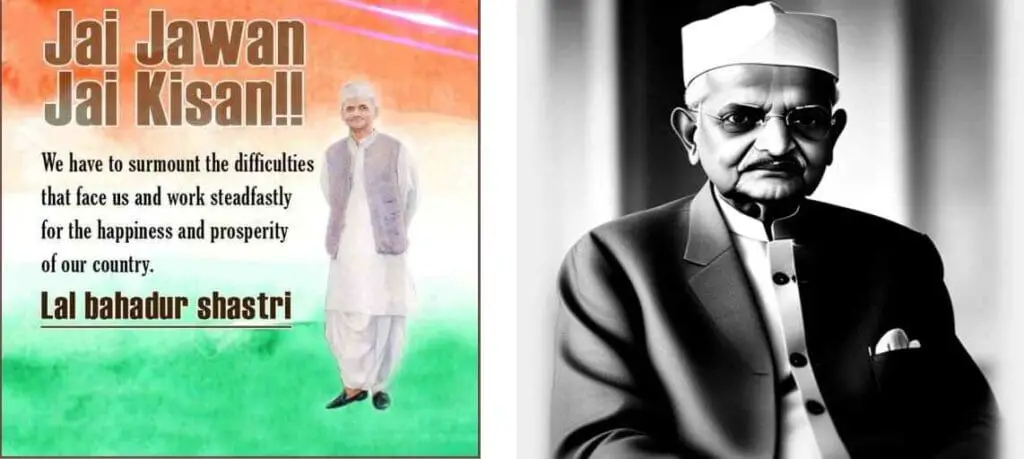
Economic and Agricultural Reforms:
During his time as Prime Minister, Shastri focused on addressing India’s food shortages and agricultural challenges. He played a crucial role in promoting the Green Revolution, which later helped India achieve self-sufficiency in food production. His policies supported farmers, and he pushed for cooperative farming and better irrigation facilities.
As prime minister, Shastri promoted the White Revolution – a national campaign to increase the production and supply of milk – by supporting the Amul milk co-operative of Anand, Gujarat and creating the National Dairy Development Board. Underlining the need to boost India’s food production, Shastri also promoted the Green Revolution in India in 1965.
This led to an increase in food grain production, especially in the states of Punjab, Haryana and Uttar Pradesh. He led the country during the Second India–Pakistan War. His slogan “Jai Jawan, Jai Kisan” (“Hail to the soldier; Hail to the farmer”) became very popular during the war. The war formally ended with the Tashkent Declaration on 10 January 1966; Shastri died the next day. ‘Lal Bahadur Shastri’
Death and Legacy:
Shastri passed away in Tashkent, Uzbekistan, on January 11, 1966, shortly after signing the Tashkent Agreement aimed at bringing peace between India and Pakistan after the 1965 war. His sudden death has been the subject of speculation and conspiracy theories, though it was officially attributed to a heart attack. ‘Lal Bahadur Shastri’
Lal Bahadur Shastri is remembered for his humility, integrity, and dedication to the nation. He led India through challenging times with calmness and determination. His simple lifestyle and deep connection to the common people made him one of the most respected leaders in Indian history. ‘Lal Bahadur Shastri’

